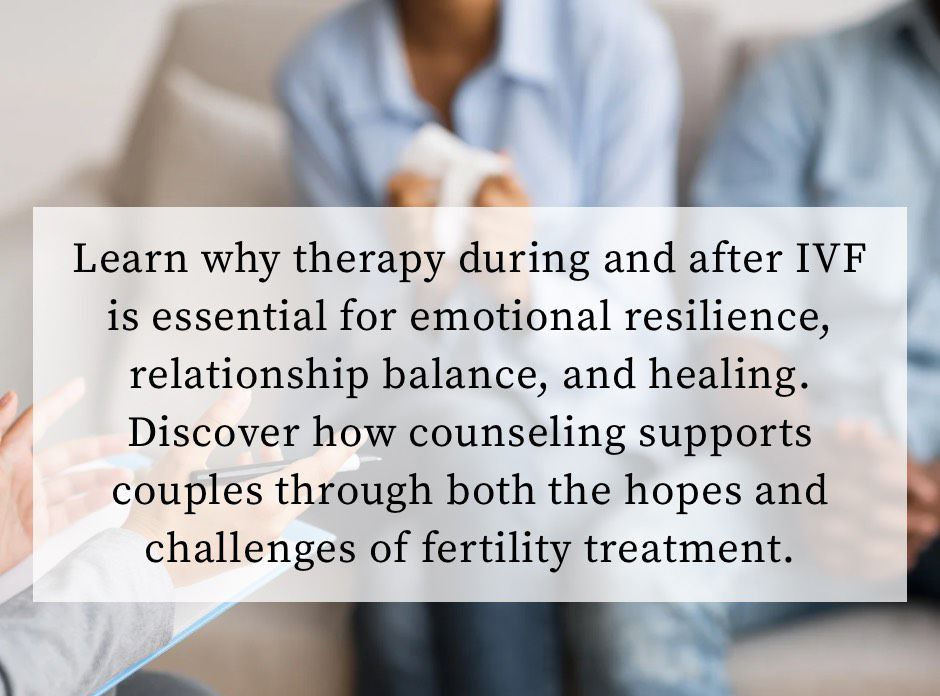Latest Amendment in Indian Surrogacy Laws: Gamete Donation in Surrogacy
- Sunil Khattri
- Feb 26, 2024
- 4 min read
Surrogacy and surrogacy laws in India is a very interesting space to observe with fast-developing changes cropping up fairly frequently. For intending couples and willing surrogate mothers that are interested to know how surrogacy works in India, it’s extremely important to keep track of upcoming changes and amendments which you can easily do by following our blog!
The latest amendment that you must know of is the Surrogacy (Regulation) Amendment Rules, 2024 dated 21st February 2024. This is about to be a major development in cases of gamete donation - something that Sunil Khattri & Associates are equipped with dealing in, such as in case of the Landmark Interim Order on Gamete Donation.
Read along to find out more about the latest amendment in surrogacy laws ratified by the Ministry of Health & Family Welfare this month!

GAMETE DONATION IN SURROGACY CASES
According to the previously existing laws brought into effect by a notification from the Ministry of Health and Family Welfare dated 14th March, 2023, intending couples were disallowed to use donor gametes in surrogacy procedures which restricted surrogacy as a service to only those couples who can provide both the egg and sperm for conception.
However, many found this notification to be infringing upon the rights of those couples who find themselves medically unfit to bear children naturally. One such couple also approached Sunil Khattri & Associates with their special case of having preserved their fertilized embryos via Assisted Reproductive Technology (ART) before the notification was published. Working out their case in the High Court of Delhi, we were successfully able to get a grant of a special interim order in their favour.
This new amendment is one step towards normalizing gamete donation in surrogacy couples. Read along to find out how.
SURROGACY (REGULATION) AMENDMENT RULES 2024: EXPLAINED
Title: Understanding the Latest Amendment in India's Surrogacy Laws: Implications and Considerations
In a significant development in India's legal landscape concerning surrogacy, a recent amendment has brought forth crucial changes to the existing regulations. Among these amendments, perhaps the most notable is the clarification regarding the usage of donor gametes in surrogacy arrangements. Let's delve into the latest updates and their implications for intending couples and single women seeking surrogacy procedures.
The latest amendment in the Surrogacy (Regulation) Act 2021 states three basic things.
According to the amended provision, a couple undergoing surrogacy must possess both gametes from the intending couple. However, if the District Medical Board certifies that either the husband or wife suffers from a medical condition necessitating the use of donor gametes like infertility, then surrogacy using donor gametes is allowed.
One major point to note here is that even in such cases, the child to be born through surrogacy must have at least one gamete from the intending couple, ensuring a genetic connection to the parents.
For single women, including widows or divorcees, undergoing surrogacy, the amendment specifies that they must use their own eggs and donor sperms to avail surrogacy procedures.
According to the government, this provision underscores the importance of genetic connection and ensures that the child born through surrogacy maintains a biological link with the intending parent.
IMPACT OF THE AMENDMENT
The latest amendment carries significant implications for intending couples and single women considering surrogacy.
A Boon for Couples Facing Infertility
The provision allowing the usage of donor gametes in cases of medical necessity provides relief to couples grappling with infertility issues or genetic disorders.
This, in fact, is ground-breaking for couples opting for ART procedures and surrogacy as they cannot opt for conventional pregnancy.
It acknowledges the complexities of reproductive health and allows individuals to explore alternative pathways to parenthood while prioritizing their health and well-being, which was always the goal when it came to increasing accessibility to surrogacy in India.
Genetic Connection
By mandating at least one gamete from the intending couple, the amendment underscores the importance of maintaining a genetic connection between the child and the intended parents.
This ensures that the child born out of surrogacy maintains an identity in line with the familial bond shared with his/her family in the long run.
Single Women's Rights
The provision concerning single women reaffirms their right to parenthood and reproductive autonomy. By allowing them to utilize donor sperms while using their own eggs, the amendment expands the options available to single women seeking surrogacy, enabling them to realize their dreams of motherhood.
Legal Clarity
Most importantly, this amendment clarifies the existing confusion for intending parents regarding the use of donor gametes and helps all parties involved make informed decisions about surrogacy arrangements. It also helps in reducing ambiguity and facilitating smoother legal processes for intending couples, surrogate mothers and single women opting for surrogacy.
CONCLUSION
The latest amendment in India's surrogacy laws marks a significant step towards addressing the complexities and nuances of this fast-developing space. By allowing the usage of donor gametes under specified conditions and ensuring genetic connection, the amendment strives to strike a balance between medical necessity and familial bonds. Moreover, by affirming the rights of single women to pursue surrogacy, it upholds principles of equality and autonomy in reproductive decision-making.
For those who find themselves in a similar situation and wish to explore surrogacy services using donor gametes, our team of experts at Sunil Khattri & Associates are readily available to provide end-to-end guidance and support. Contact us today!



Comments